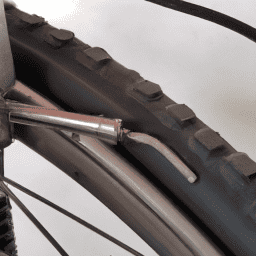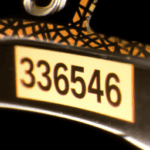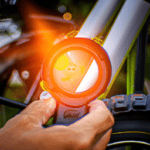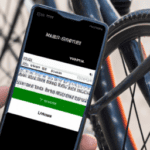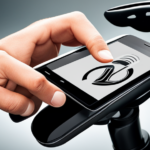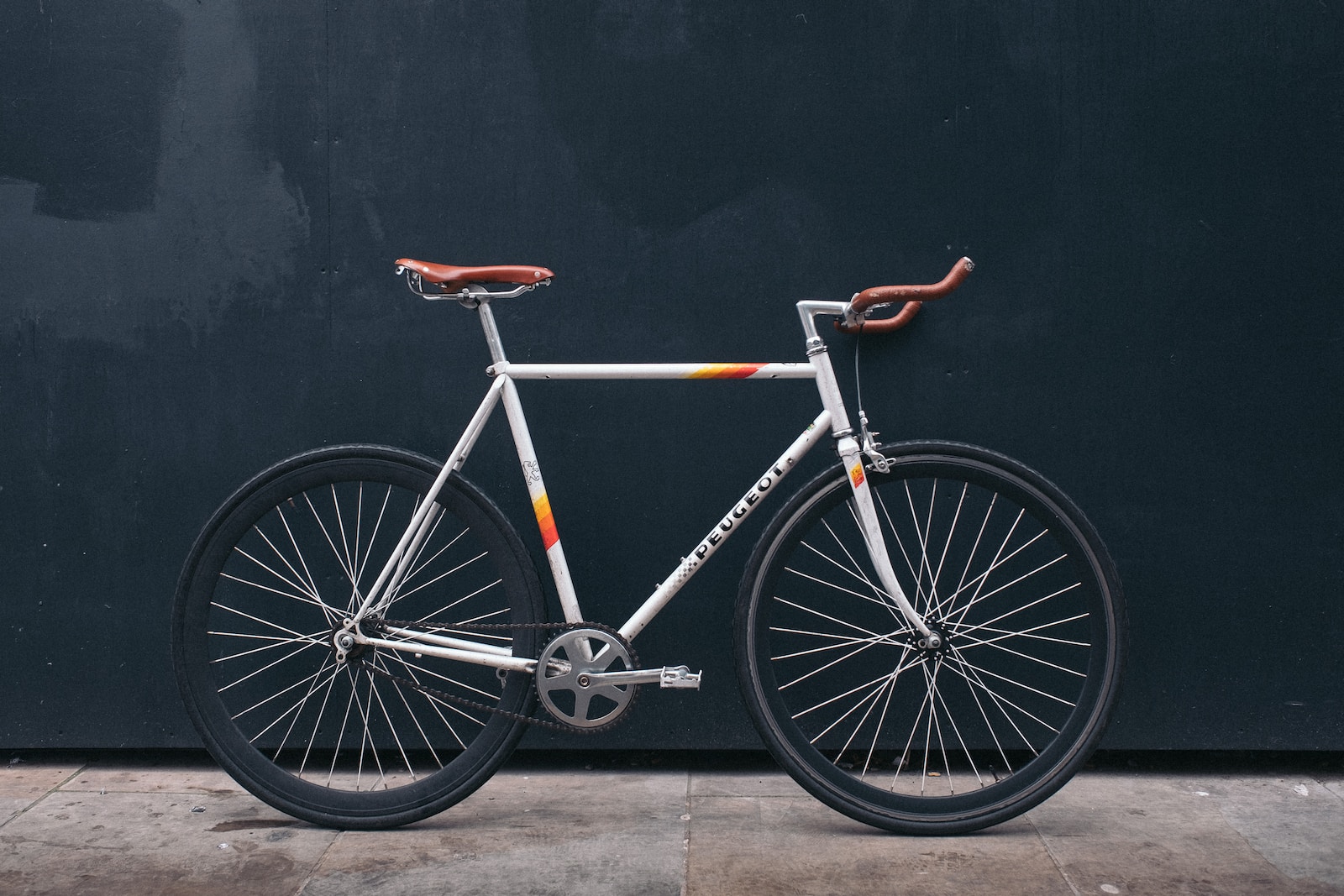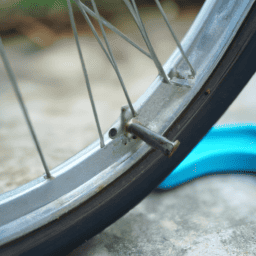As someone who rides bikes a lot, I understand how crucial it is for your bike to be both trustworthy and secure. Sadly, it’s a fact that bikes often end up on thieves’ radars. Having your bike snatched feels awful, but hey, there are tricks to stop that from happening.
One of these steps is knowing how to check if a bicycle is stolen before purchasing it. There are several ways to determine if a bike is stolen, including checking the serial number, inspecting the bike for signs of theft, asking for documentation, and using online resources. By taking these measures, you can protect yourself from unknowingly purchasing a stolen bike and potentially facing legal consequences.
In this article, I will provide a comprehensive guide on how to check if a bicycle is stolen, so you can feel confident in your bike purchases and help reduce bike theft in your community.
Key Takeaways
- Checking the serial number registry on the manufacturer’s website or doing a police database search can determine if a bike is stolen.
- Inspecting the bike for signs of theft such as scratches, newly painted parts, or missing parts is important.
- Asking for documentation that proves the bike belongs to the seller can ensure a safe and legal purchase.
- Using online resources such as Bike Index or National Bike Registry can provide a better understanding of the bike’s history and any potential red flags.
Check the Serial Number
If you wanna know if your bike’s been snatched, check the serial number – it’s an easy way to spot a stolen ride!
You can start by looking up the serial number registry on the manufacturer’s website or contacting them directly. If the bike’s serial number doesn’t match the one on record, it’s likely that the bike has been stolen.
Another option is to do a police database search. Many police departments have online databases where you can enter the bike’s serial number to check if it has been reported as stolen. If the bike is listed as stolen, you should report it to the police immediately.
Inspecting the bike for signs of theft is also important, but we’ll cover that in the next section.
By taking these steps, you can ensure that you’re not unknowingly purchasing or riding a stolen bike. This can include things like scratched off serial numbers, altered decals, and tampered parts.
Inspect the Bike for Signs of Theft
Take a quick look at the bike to see if anything seems out of place or suspicious. One way to determine if a bike has been stolen is to inspect it for signs of theft. This can include checking for alterations or looking for missing parts.
To help you with this inspection, use the following table as a guide:
| Signs of Theft | What to Look For | Possible Explanation |
|---|---|---|
| Scratches or marks on the keyhole or lock | Damage to the lock or forced entry | Bike may have been stolen |
| Newly painted or repainted parts | Alterations to the original bike | Bike may have been modified to hide its theft |
| Missing or mismatched parts | Parts may have been removed or replaced | Bike may have been stolen and stripped for parts |
These are just a few examples of what to look for when inspecting a bike for signs of theft. Once you have completed this inspection, the next step is to ask for documentation.
Ask for Documentation
To ensure that you’re making a safe and legal purchase, ask the seller for any documentation that proves the bike belongs to them. This documentation can include a bill of sale, a registration certificate, or any other proof of ownership.
Verify ownership by checking the name on the documentation against the name of the seller. If the seller cannot provide any documentation, it’s best to walk away from the deal.
If you suspect that the bike may be stolen, contact authorities immediately. They can help you verify ownership and determine if the bike has been reported stolen. It’s important to remember that buying a stolen bike is illegal and can result in serious consequences.
By asking for documentation and contacting authorities, you can protect yourself from potential legal issues and ensure that you’re making a safe and ethical purchase. Once you have verified ownership and ensured that the bike is not stolen, you can move on to the next step of using online resources to check the bike’s history.
Use Online Resources
Once you’ve obtained proof of ownership, it’s worth using online resources, such as Bike Index or National Bike Registry, to get a better understanding of the bike’s history and any potential red flags that may arise. These resources allow you to search for the bike’s serial number and see if it has been reported stolen. Additionally, they provide a platform for owners to register their bikes, making it easier for police to track down stolen bikes and return them to their rightful owner.
However, it’s important to note that not all stolen bikes are reported, so it’s worth checking online forums and social media platforms for any suspicious listings. If you come across a bike that matches the description of your stolen bike, contact the seller and ask for more information. If they refuse to provide proof of ownership or give vague answers, it’s best to involve police assistance. By utilizing online resources and staying vigilant, you can increase your chances of recovering your stolen bike.
Transitioning into the subsequent section about taking preventative measures, it’s important to note that checking if a bike is stolen is just one step in protecting your bike. To ensure the safety of your bike, taking preventative measures such as investing in a good lock and storing your bike in a secure location can go a long way in deterring theft.
Take Preventative Measures
To keep my bike safe, I always make sure to take preventative measures. One of the most important things I do is invest in a good quality lock and always secure my bike to a sturdy object when not in use. This not only deters thieves from stealing my bike, but it also makes it more difficult for them to do so.
Another way I ensure the safety of my bike is by utilizing secure storage options. Whether it’s keeping my bike in a locked shed or storing it in a designated bike room, I always make sure to choose a safe and secure location.
Additionally, I try to be an active member of my community by participating in a local community watch program. This helps to keep an eye out for any suspicious activity and adds an extra layer of security for my bike and other personal belongings.
By taking these preventative measures, I can have peace of mind knowing that my bike is safe and secure.
Frequently Asked Questions
What should I do if I suspect a bike may be stolen?
If I suspect a bike may be stolen, I should report the incident to the police and contact the bike’s manufacturer or retailer. It’s important to take action to prevent the sale of stolen property and help recover the bike’s rightful owner.
Is it possible to register my bike with local authorities to help prevent theft?
By registering my bike with local authorities, I can prevent theft and aid in recovery efforts. The benefits of bike registration include having a record of ownership and being able to report a stolen bike with registered information.
How do I know if the documentation provided by the seller is legitimate?
Forgery detection and authentication methods are crucial in verifying the legitimacy of documentation provided by a seller. It’s important to carefully examine the documents, such as the title and registration, to ensure they are not fake or fraudulent.
Can a stolen bike be tracked through GPS?
While GPS tracking can be incredibly useful for locating lost or stolen items, there are limitations to its effectiveness when it comes to bicycles. Additionally, using GPS to track a stolen bike without proper authorization can have legal implications.
Are there any specific tools or equipment that can help me identify a stolen bike?
I use various bike identification techniques to identify a stolen bike, such as checking for unique markings or modifications. Anti-theft accessories like GPS trackers and locks can also aid in preventing bike theft.
Conclusion
In conclusion, checking if a bicycle is stolen requires a combination of caution and resourcefulness. By checking the serial number, inspecting the bike for signs of theft, asking for documentation, and using online resources, you can increase your chances of avoiding a stolen bike.
It’s like going on a treasure hunt, except instead of finding gold, you’re looking for a clear conscience. However, preventative measures are also crucial. Investing in a good lock, registering your bike, and keeping records of its serial number and purchase information can go a long way in deterring theft and helping you recover your bike if it does get stolen.
With these steps in mind, you can enjoy your bike rides with peace of mind, knowing that you’ve taken the necessary steps to protect yourself from bike theft.

